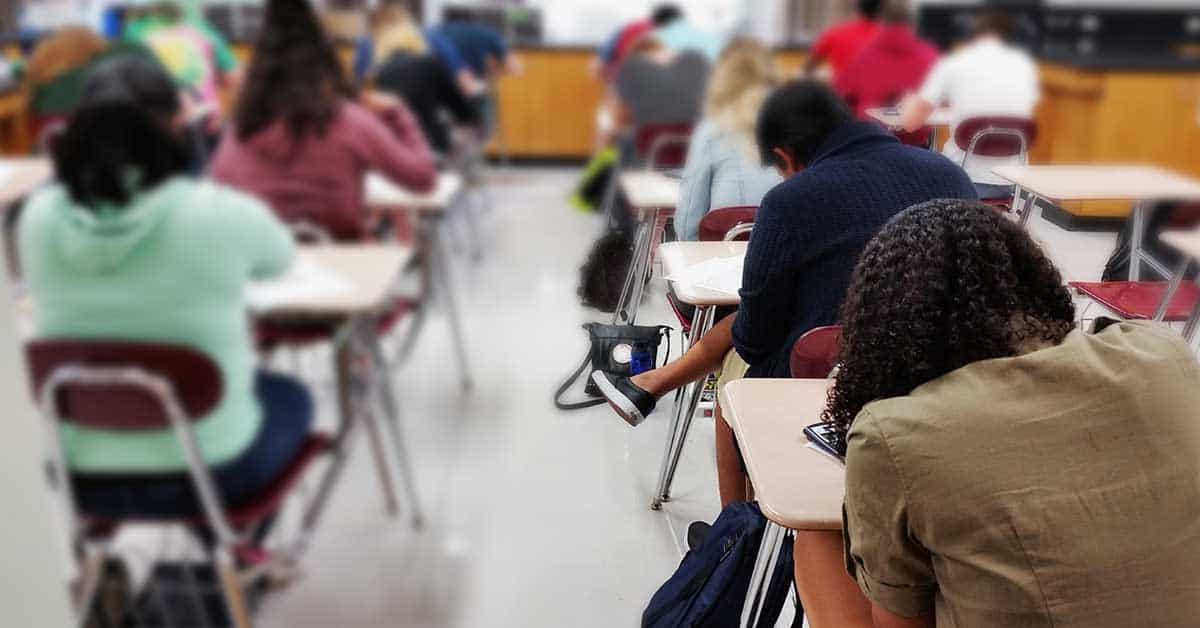The Scope of the Educator Shortage Crisis
The current educator shortage is a multifaceted issue affecting all areas of K -12 education. Vacancies span critical subjects such as math, science, special education, and language acquisition. Additionally, there is a dire lack of related service providers for students with disabilities and English Language Learners. The situation is further compounded by a shortage of essential support staff, including bus drivers, office assistants, and paraprofessionals.
Root Causes of the Crisis
Dr. Christopher Bonn’s three-legged stool concept sheds light on the root causes of the educator shortage, emphasizing that addressing compensation alone won’t solve the problem. According to Bonn, the three primary causes are:
1. Abuse and Lack of Support: Educators face significant abuse from parents, students, administrators, the community, the media, and politicians. Many teachers leave the profession because of this lack of respect and support (Bonn, 2022).
2. Unreasonable Expectations: Teachers are often required to cover for vacancies, plan lessons, and grade assignments during nights, weekends, and holidays, sacrificing their personal time and family life. These unreasonable demands contribute heavily to burnout and attrition (Bonn, 2024).
3. Compensation and Benefits: While important, compensation ranks third among the root causes. Many educators can find less stressful jobs with better pay outside of teaching, making retaining them challenging (Bonn, 2024).
Implications for K-12 Education
The implications of this shortage are far-reaching. Schools need to maintain adequate student-teacher ratios, leading to overcrowded classrooms and diminished individual attention for students. The lack of specialized teachers and support staff mainly affects students with disabilities and English Language Learners, who require tailored educational support (Sutcher, Darling-Hammond, & Carver-Thomas, 2019).
Potential Solutions to Address the Shortage
Addressing the educator shortage requires a comprehensive approach that tackles all three legs of the stool:
Improving Working Conditions: It is crucial to create a supportive and respectful environment for teachers. This includes policies to protect teachers from abuse and provide mental health resources.
Reasonable Workload Expectations: Schools must ensure unreasonable expectations do not overburden teachers. This could involve hiring more support staff and adjusting policies for a better work-life balance. Teachers need to spend more time teaching and less time doing paperwork and other duties.
Competitive Compensation: Increasing teacher salaries and benefits can help attract and retain qualified educators, but this must be part of a broader strategy addressing the other root causes.
The Role of Policy and Community Support
Policymakers and communities must collaborate to tackle the educator shortage. This involves lobbying for increased funding for education, advocating for policies that support teacher retention, and fostering a culture that values and respects educators (Garcia & Weiss, 2019).

Call to Action (CTA)
Join the movement to support our educators and ensure the future of K-12 education. Subscribe to our blog for updates and ways you can help address the educator shortage crisis.
Conclusion
The educator shortage crisis is a severe threat to the future of K-12 education. With proactive measures and collaborative efforts, we can work towards a solution that ensures every child receives the quality education they deserve.
Frequently Asked Questions
1. What are the leading causes of the educator shortage?
The shortage is primarily due to abuse and lack of support, unreasonable expectations, and low compensation.
2. How does the educator shortage impact students with disabilities?
The lack of specialized teachers and support staff significantly affects students with disabilities who require tailored educational support.
3. What are some potential solutions to address the educator shortage?
Solutions include improving working conditions, ensuring reasonable workload expectations, and increasing teacher salaries and benefits.
References:
– Butcher, L., Darling-Hammond, L., & Carver-Thomas, D. (2019). Understanding teacher shortages: An analysis of teacher supply and demand in the United States. *Learning Policy Institute*.
– Garcia, E., & Weiss, E. (2019). The teacher shortage is real, significant, growing, and worse than we thought. *Economic Policy Institute*.




